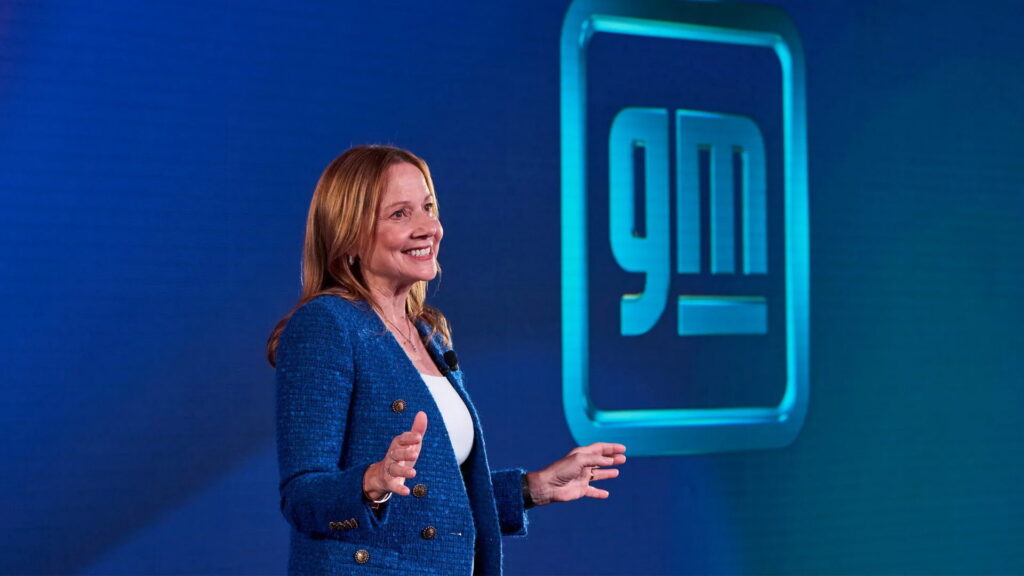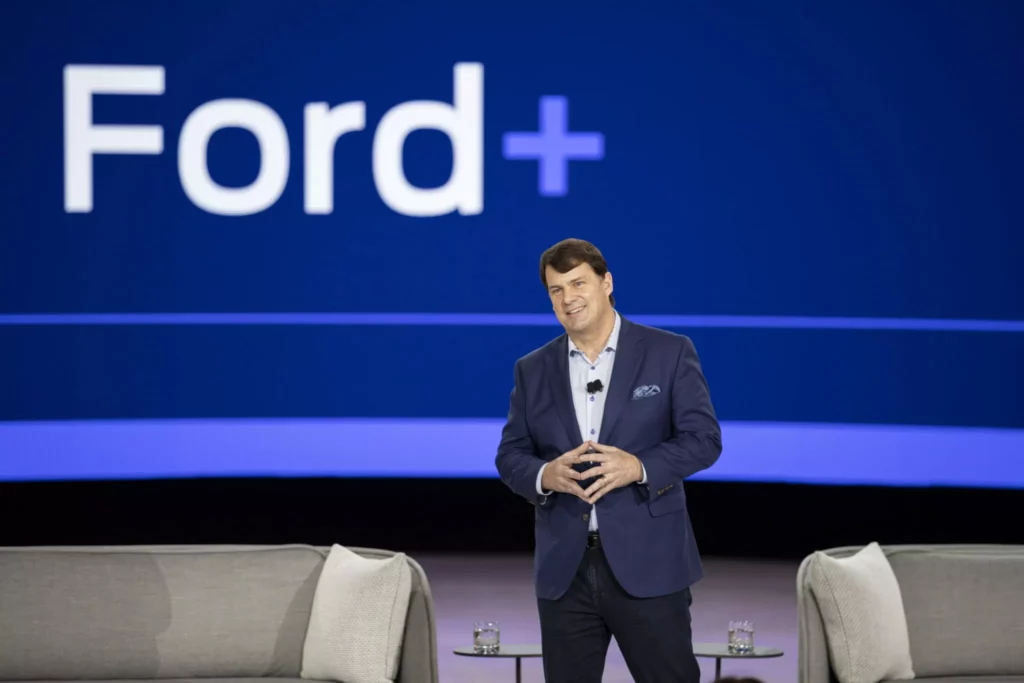Leadership Insight

Mary Barra, CEO of General Motors, continues to be a central figure in the automotive world, not only for her leadership as the first female CEO of a major U.S. carmaker but also for her substantial compensation. In 2024, she pulled in a staggering $29.5 million, reflecting a strategic alignment of her leadership with the company’s financial goals.
Year of Achievement

The leap in Barra’s pay by 6% from 2023 can be attributed to GM’s exceptional financial performance and achieving record profits. Her annual compensation was $29.5 million, which is approximately 310 times the median GM employee’s salary of $95,111. This was documented in GM’s annual executive compensation report, which highlighted the success in meeting performance targets.
Her compensation comprises a $2.1 million salary, unchanged since 2017, $19.5 million in stock awards, $6.6 million in incentives, and $1.2 million in various benefits. This pay structure aligns closely with GM’s growth strategy, emphasizing not just the traditional internal combustion engine vehicles but also the strategic moves towards electric vehicles and software enhancements.
GM’s Performance and Market Response

Wesley Bush, Chair of GM’s Compensation Committee, noted that GM’s strategic decisions and disciplined execution contributed to the company’s record profits and a 50% increase in stock price in 2024, outperforming their peers. Bush emphasized that, despite this success, there should be no complacency as GM continues to work towards enhanced shareholder value.
Comparing CEOs
In comparison, Ford’s CEO Jim Farley saw a reduction in compensation, down to $24.8 million due to unmet quality targets. This reflects continual challenges with product recalls that have plagued Ford, although a slight improvement was noted as Tesla and Stellantis accrued more recalls.
Carlos Tavares of Stellantis received $24 million in 2024 despite resigning and the company underperforming, marking a reduction from his previous year earnings of $39.5 million. Stellantis had a rocky year with a $5.8 billion net profit but ended the second half with a $133 million net loss.
This comparison highlights the complex landscape of automotive leadership compensation, where executives are rewarded based on company performance and strategic alignment, yet face unique challenges in an ever-evolving industry.
GMC's Futuristic Ride
AMG Black Series Icon
EV Sales Surge 2024
Traffic Deaths Decline
GMA T.50 Evolution